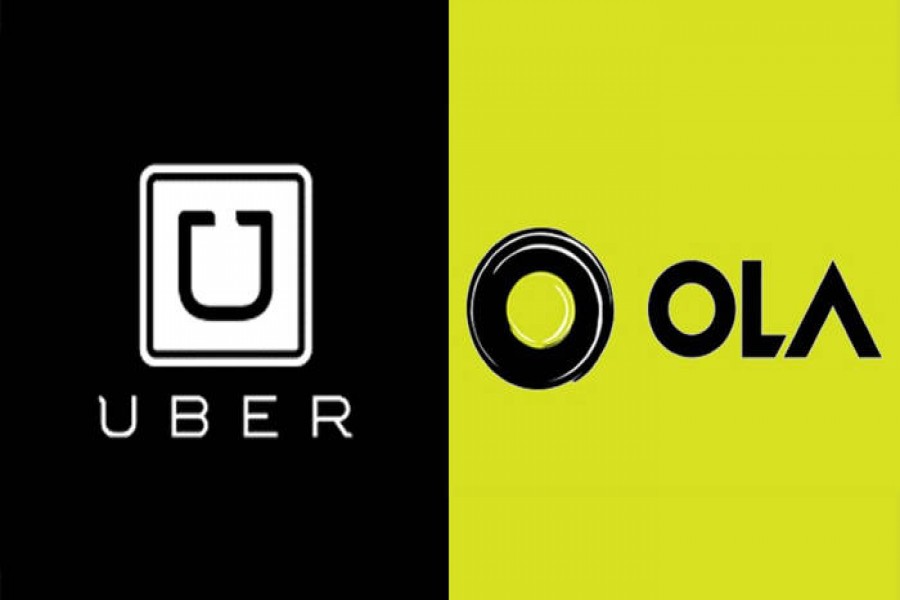Ola, India’s largest cabhailing service, reported a sizeable jump in losses in fiscal year 2017 (FY17). While net revenue rose by Rs 6.77 billion over FY16 revenue to Rs 11.78 billion, operating loss widened by Rs 9.11 billion to Rs 37.31 billion. Losses, which exclude net interest income, tax and notional losses on derivatives contracts, were well over three times revenue.
In fact, as a proportion of revenues, Ola’s losses are far higher than other global cab-hailing service providers. In 2017, Uber’s operating loss was roughly half its net revenue, according to a report by The Information.
Lyft, Uber’s main competitor in North America, is estimated to have ended the year with losses of around 60 per cent of revenue.
Evidently, the low-ticket size in India, or low average fares in this case, is resulting in poor economies of scale. Investors may have been Ola’s losses have risen sharply in a year most Indian e-commerce firms were tightening their belt impressed with a sharp growth in app installations and the number of rides taken, but the fact remains that revenue is nowhere near levels needed to cover expenses. Besides, cost of operations is high, given the vagaries of keeping a large fleet of cars up and running.


